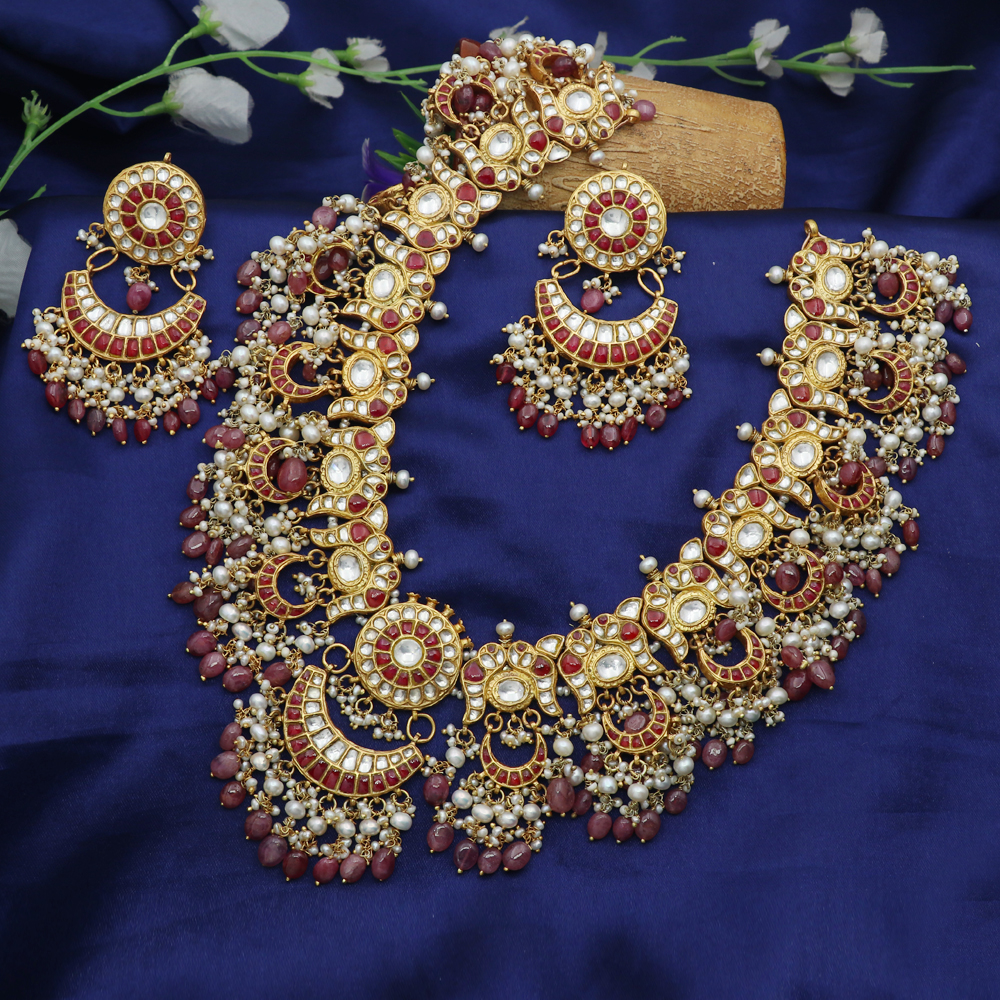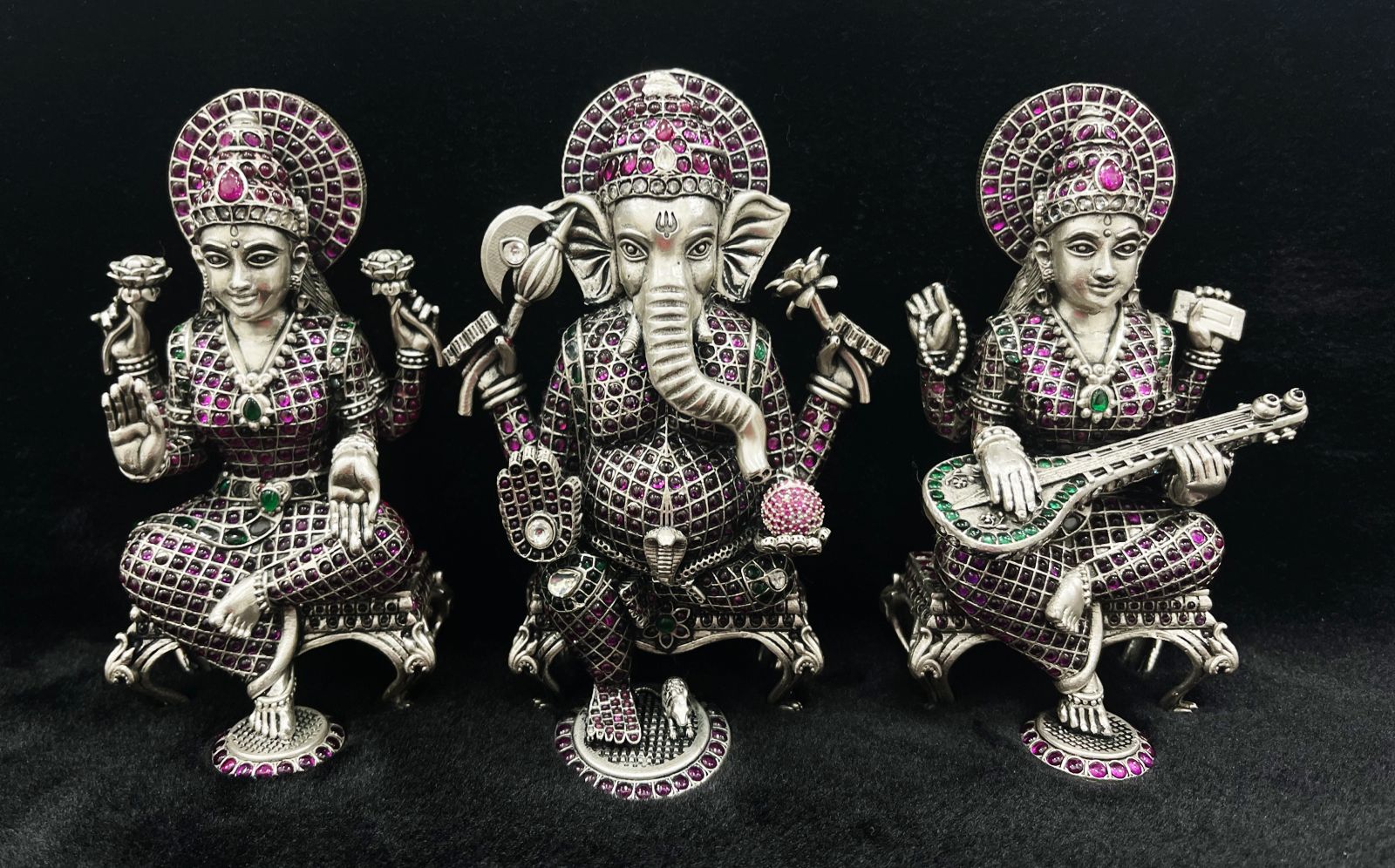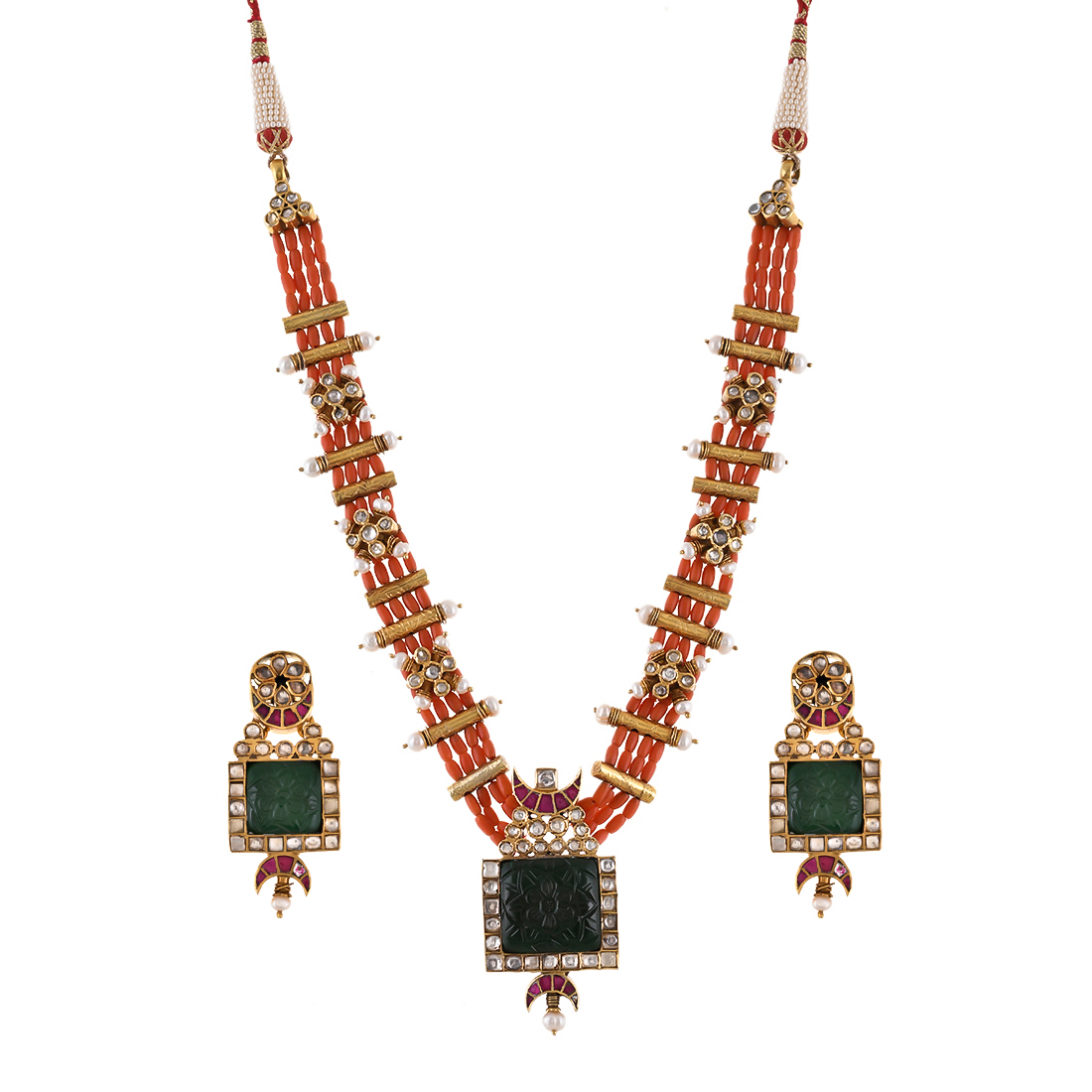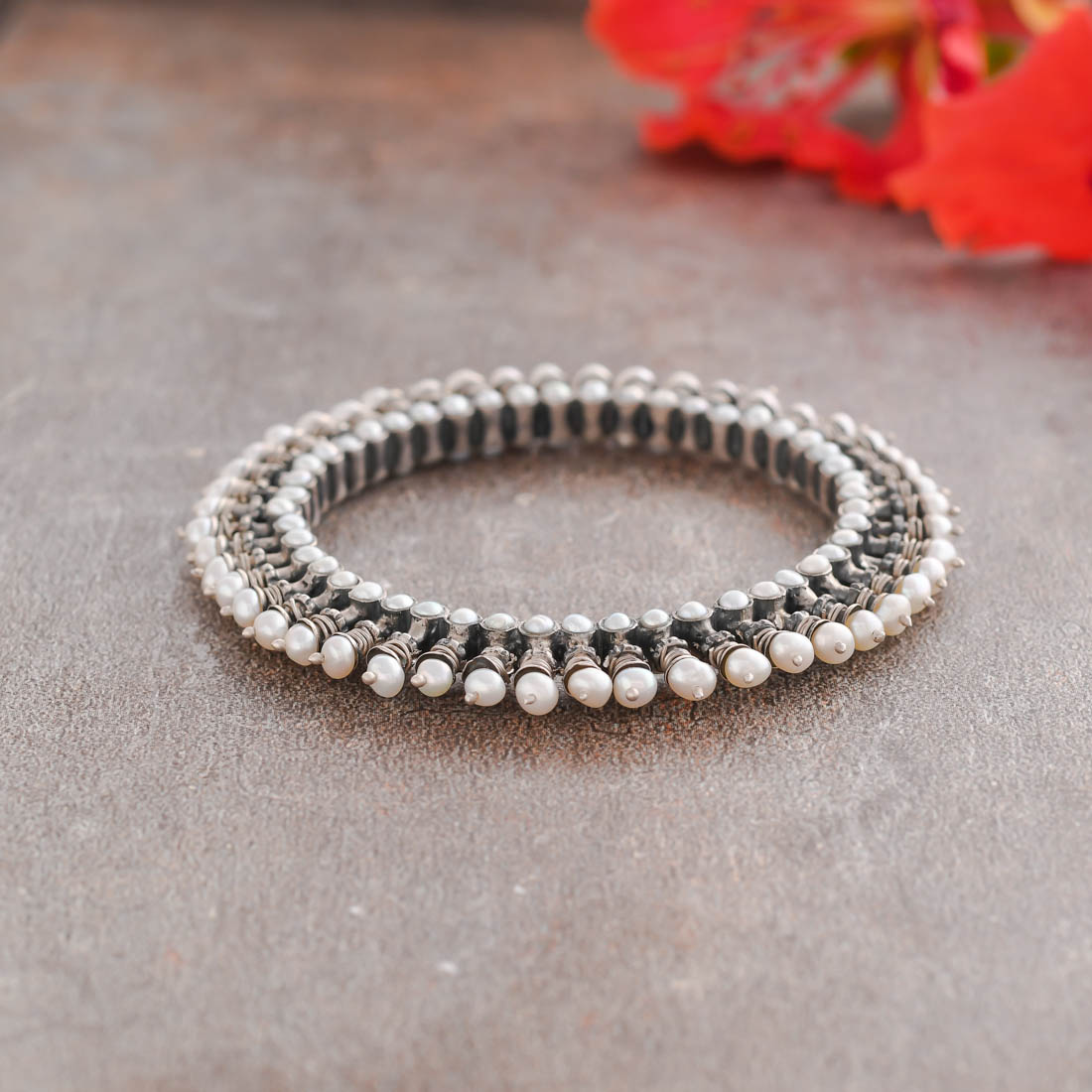BUY SILVER BANGLES ONLINE
BUY SILVER BANGLES ONLINE
Silver bangles are traditionally rigid bracelets, originating from the Indian subcontinent, which are usually made of silver. They are traditional ornaments worn mostly by women from the Indian. Indians have a very traditional value in Hinduism and it is considered inauspicious to be bare armed for a married woman. Silver bangles may also be worn by young girls and for toddlers.
Silver bangles are circular in shape, and, unlike silver bracelets, are not flexible. The word is derived from Hindi bungri (glass). They are made of numerous precious as well as non-precious materials such as gold, silver, platinum, glass, wood, ferrous metals, plastics, etc. Bangles made from sea shell, which are white colour, are worn by married Bengali and Oriya hindu women. A special type of bangle is worn by women and girls, especially in the Bengal area, commonly known as a "Bengali bangle", which is used as a substitute for a costly gold bangle, and is produced by fixing a thin gold strip (weighing between 1–3 g) is thermo-mechanically fused onto a bronze bangle, followed by manual crafting on that fused gold strip.
Silver bangles are part of traditional south asian jewellery. They are sometimes worn in pairs by women, one or more on each arm. It is also common for women to wear a single bangle or several bangles on just one wrist. Most Indian women prefer wearing either gold or silver bangles or a combination of both. Inexpensive bangles made from plastic are slowly replacing those made by glass, but the ones made of glass are still preferred at traditional occasions such as marriages and on festivals. Silver bangles are the signs for traditional women and girls. Silver bangles play a very important role in various India dance forms. Some of dance forms include bangles striking to each other a tone of the music.
The designs range from simple to intricate handmade designs, often studded with precious and semi-precious stones such as diamonds, gems and pearls. Sets of expensive bangles made of silver make a jingling sound. The imitation jewellery tends to make a tinny sound when jingled.
There are two basic types of bangles: a solid cylinder type; and a split, cylindrical spring opening/closing type. The primary distinguishing factor between these is the material used to make the bangles. This may vary from anything from glass to jade to metal to lac and even rubber or plastic.
One factor that adds to the price of the bangles is the artefacts or the work done further on the metal. This includes embroidery or small glass pieces or paintings or even small hangings that are attached to the bangles. The rareness of a colour and its unique value also increase the value. Bangles made from lac are one of the oldest types and among the most brittle. Lac is a resinous material, secreted by insects, which is collected and moulded in hot kilns to make these bangles. Among the recent kinds are rubber bangles, worn more like a wristband by youngsters, and plastic ones which add a trendy look.
Normally, a silver bangle worn by people around the world is simply an inflexible piece of jewellery worn around the wrist. However, in many cultures, especially those from Indian cultures and the broader India bangles have evolved into various types in which different ones are used on different occasions.
Following are some popular designs of bangles in India:-
1. Silver Jadau Bangles (Also known Kundan).
2. Silver Meenakari Bangles.
3. Lac or Lakhs Bangles.
925 Silver Jaipur is known for Silver Jewellery and silver bangles because of varied designs of silver bangles.
Visit our website to buy silver bangles online.






